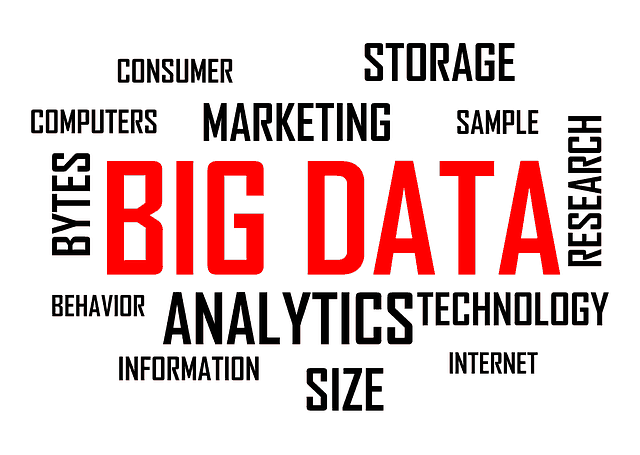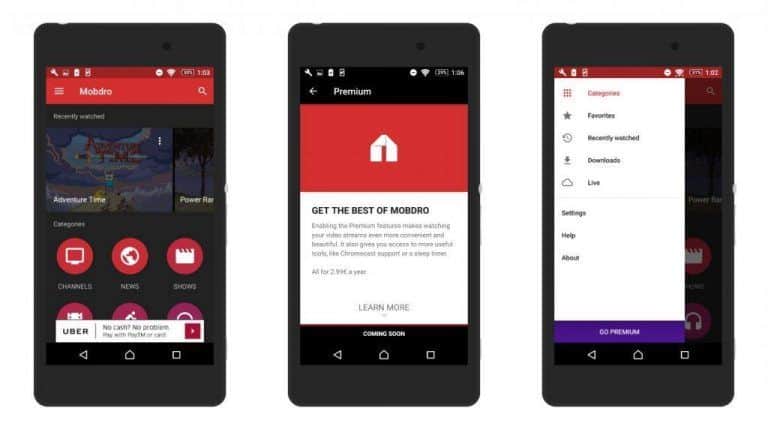Big Data Analytics is Transforming Business as in the Moneyball era

A lot of action, as well as publicity, surrounds big data. Just as Oakland Athletics was led by Billy Beane in the ‘Moneyball’ era, many organizations are moving towards a culture that optimally uses data to grow their revenue and enhance efficiency.
There is much hype around data analytics, but regardless of this relying on data to inform decision making is becoming increasingly embraced by many businesses as the main determinant of decisions.
To reap the benefits of big data analysis and the subsequent use of the lessons learned and the in-depth understanding gained, a company must have the capacity to analyze big data. This knowledge may be sourced in-house or from the expert services of companies such as Active Wizards Specialists.
Companies are using the ideas of Billy Beane, the Oakland Athletics baseball team general manager. Beane used data analytics (referred to as Sabermetrics in baseball and popularized in the movie Moneyball (2011)) to come up with an aggressive and winning baseball team despite the organization’s insufficient finances.
Shift to the use of big data
Companies are moving from merely seeking to comprehend what ‘big data’ means to strive to maximize the data insights and adopt new processes backed by data.
A study by the Economist Intelligence Unit found that two-thirds of respondents, mostly senior management staff, from 20 different international industries said that the collecting and analysis of data inform the business strategies adopted by their firms and the decisions made daily.
Moreover, over half of them indicated that decisions made by managers that were based on instincts or their gained experience were not reliable.
Another study by Avanade, an IT consulting firm, supports the findings. Avanade’s study involved 569 C-level executives, business unit leaders, and IT decision-makers drawn from 18 countries. It found that 91% of companies already tools in place to handle and analyze data.
Most of the companies (about 73%) had taken advantage of data to grow revenue.
From the subset, 57% had used data to further exploit an already established revenue stream, while 43% used data to create new sources.
Data is no longer solely in the realm of IT specialists
Avanade’s study also revealed something that was not clear before – that data matters were a reserve of IT specialists, but this had begun to change rapidly.
Most businesses no longer considered data issues an IT matter and instead were distributing it to all lines of company business.
Many companies (59%) also indicated that most of their employees were involved in making decisions due to data availability. Also, it was observed that companies with dedicated data analysts were able to increase revenue from data than those without.
The big question
Michael Lewis in his book Moneyball: The Art of Winning an Unfair Game (2003) explains how Beane used statistics and analytics to transform the Oakland Athletics team into a successful one.
However, this is just one case.
The big question, when it comes to data analysis, has been:
Do companies that make decisions based on data and analytics perform better than their rivals?
It seems that the answer is ‘yes’.
This became the interest of Prof. Erik Brynjolfsson, an economist at the Sloan School of Management of Massachusetts Institute of Technology (MIT) in 2011.
Brynjolfsson observed that enterprises that employed data-based decision-making actually demonstrated higher performance.
From an analysis of 179 publicly listed companies, he saw that those that adopted this approach were about 5% more efficient and profitable than their competitors.
Also, Brynjolfsson’s study revealed a connection between the approach and some performance measures like asset utilization return on equity and market value. Companies that use data thus have many advantages.
It was evident that the experience of businesses was aligned with such findings.
As Avanade’s study showed, 57% of respondents indicated that their companies had increased technology means to analyze and handle data during the past year.
An additional 72% said that their enterprises were going to make more investments to improve data analysis capacity in the coming 12 months. One expert remarked that big data had reached the next level, as was being observed by companies getting a competitive advantage and financial benefit from data.
Data management problems
Despite the benefits of data analytics, firms still face some challenged, despite saying they are making the most of their data.
In Avanade’s study, 85% of respondents admitted problems in managing and analyzing data. Some of the challenges include the volume of data, data safety or security and a shortage of dedicated personnel. Organizations were seen to be grappling with big amounts of data, sometimes being poor quality and/or siloed.
Data quality or complexity and not the volume has been identified as the main hindrance to data-based decision making. Lack of data culture, despite the claims of many firms affirming their data use, , is another challenge.
More than half of the firms (55%) indicated that big data management was not seen from a strategic viewpoint by the senior management.
With such challenges, there is a disparity between C-level executives and IT specialists decisions about technology and staff that poses the biggest problem.
A significant portion of C-level executives (58%) think finding the right technology is a bigger challenge than getting the right staff.
On the other hand, about 56% of senior IT staff feel that finding the right staff is a bigger challenge than getting the right technology. Big data need to be approached by the people responsible, using processes and technology if the challenges it poses are to be overcome.
The strategy of approach for big data
To shift to a data-guided culture, Avanade offers advice using what they call the MORE approach:
Merge – For you to derive the value of data, you will be required to bring together data from several sources. For example, you may merge customer information from the customer relationship management (CRM) system with unstructured data, say customer reactions from social platforms. The main issue is knowing what kind of data to merge in order to obtain the insight desired.
Optimize – You have to recognize, choose and collect optimal data for decision making. The process requires you to pose relevant queries and use the correct tools and processes.
Respond – You need the appropriate tools to relay the right information to the target audience, while at the same time ensuring that the recipients have means to profit from the gained knowledge.
Empower – You have to give your staff the necessary skills to identify and make use of big data insights.



